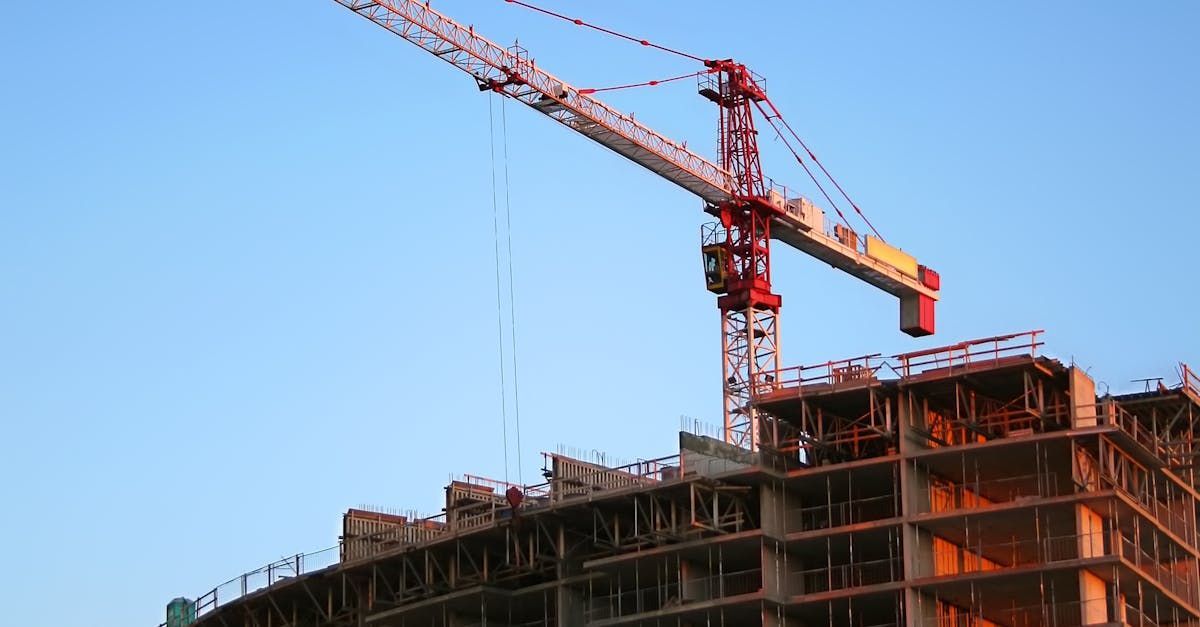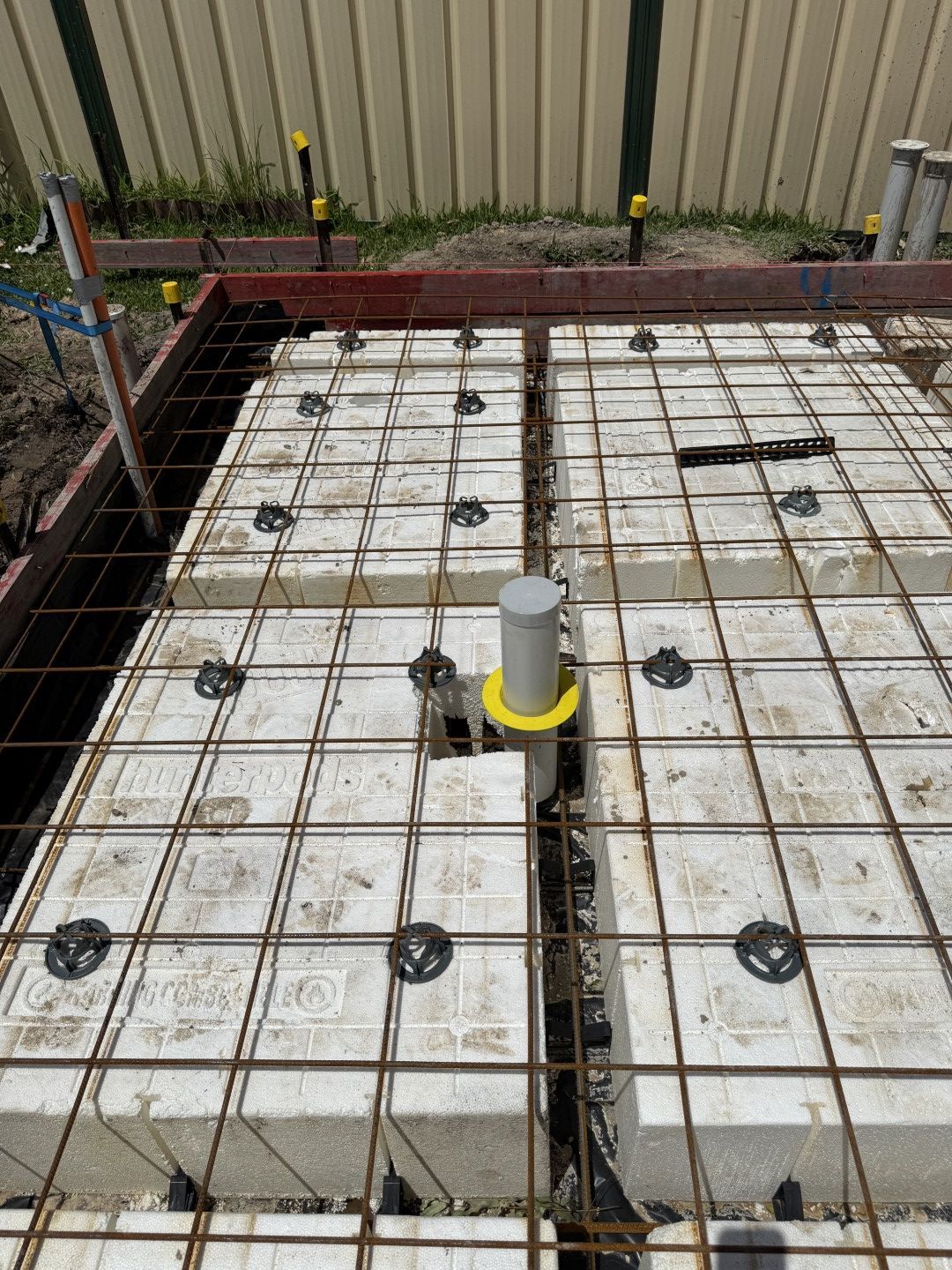Understanding Construction Loans in Australia: An Informational Guide
Construction loans play a pivotal role in turning building dreams into reality across Australia. Whether you’re embarking on a residential project or a commercial build, understanding how construction loans work is essential. This guide aims to provide clear, in-depth information about construction financing, covering everything from the basics of construction loans to the detailed approval process. At Shafbuild, we’re committed to helping you navigate the complexities of construction lending with confidence and transparency.
What are Construction Loans?
Definition and Purpose
Construction loans are specialised financing products designed to fund building projects. Unlike traditional home loans that offer a lump sum for an already-built property, construction loans provide funds in stages as your project progresses. This type of construction financing ensures that you receive the necessary funds to cover each phase of the build, from site preparation to final completion. The flexibility of construction loans makes them an ideal option for customised projects, where costs can vary as plans evolve.
Construction Loans vs Traditional Home Loans
Understanding the difference between construction loans and traditional home loans is crucial. While both fall under construction lending, construction loans are disbursed in stages based on progress milestones. This means that the lender will release funds incrementally, subject to inspections and progress reports. This method not only helps in managing cash flow during the build but also mitigates risks by ensuring that the project stays on track.
How Do Construction Loans Work?
The Mechanism Behind Construction Loans
Construction loans work by providing a temporary financing solution tailored to the building process. Here’s how it typically unfolds:
- Staged Funding: Funds are released in accordance with the project’s progress. As each stage is completed be it foundation laying, structural framing, or final finishes the lender inspects the work and releases the next portion of funds.
- Interest-Only Period: During the construction phase, you usually pay interest only on the amount drawn, rather than the entire approved loan amount.
- Disbursement Based on Inspections: Regular inspections and progress reports are integral to ensure that construction milestones are met before additional funds are disbursed.
Risks Associated with Construction Loans
Like any financial product, construction loans come with their own set of risks. Some of the key risks include:
- Cost Overruns: Unexpected expenses can arise if the project deviates from the initial plan.
- Delays in Construction: Delays can impact the schedule for disbursements, potentially increasing costs.
- Interest Rate Fluctuations: Variable interest rates may lead to higher than anticipated repayment amounts. Understanding these risks and how to mitigate them through careful planning and project management is essential for anyone considering construction financing.
Leveraging Equity: Home and Land Equity in Construction Loans
Using Home Equity to Service a Construction Loan
Many homeowners explore the option of using existing home equity as collateral to secure construction loans. This method can provide a cost-effective way to finance your build, as it often offers better interest rates compared to unsecured loans. However, it is vital to assess the risks associated with leveraging home equity, such as the potential impact on your overall financial stability.
Utilising Land Equity for Construction Financing
In some cases, the equity in your land can also serve as a financial resource. By utilising land equity, you might be able to reduce the need for additional cash investment and lower your borrowing costs. This approach is particularly useful when the land value exceeds the amount needed for the build, allowing for a smoother construction loan process.
How to Obtain a Construction Loan in Australia
Qualifying for a Construction Loan
Before applying for a construction loan, it’s important to understand the qualification criteria. Lenders will typically assess:
- Credit History: A strong credit score is crucial for securing favourable loan terms.
- Income and Financial Stability: Demonstrable income and a solid financial history can improve your eligibility.
- Collateral: The value of your existing home or land can play a significant role in the approval process.
The Construction Loan Approval Process
Navigating the construction loan approval process involves several key steps. Here’s a detailed breakdown:
Step-by-Step Process:
- Application: Begin by submitting a detailed application that outlines your project, including budgets, timelines, and design plans.
- Consultation with a Lender: Engage with a lender to discuss your project and understand the specific terms of the construction loan.
- Document Submission: Provide all necessary documentation, such as financial statements, property details, and construction plans.
- Final Approval: Once the lender reviews your documentation and assesses your eligibility, you receive final approval.
- Land Settlement: Complete the necessary steps to settle any land-related financial requirements.
- Fund Construction: Funds are then released in stages as your project meets key milestones.
- Completion and Move-In: Upon successful project completion, the final disbursement is made, allowing you to move into your new build.
- Loan Maintenance: After completion, manage repayments and any adjustments required as part of the ongoing loan maintenance.
Frequently Asked Questions About Construction Loans
- How long does it typically take to secure a construction loan?
The timeline varies, but it usually takes between 4 to 8 weeks from application to final approval, depending on the lender and complexity of the project. - What interest rates can I expect?
Interest rates for construction loans may be slightly higher than those for traditional home loans, but they can be competitive when you leverage home or land equity. - Can I refinance a construction loan after the build is complete?
Yes, many borrowers choose to refinance into a standard home loan once construction is complete, potentially securing a lower interest rate.
Conclusion
Understanding construction loans is crucial for anyone looking to build or renovate a property in Australia. By familiarising yourself with how construction loans work, the risks involved, and the detailed approval process, you’re better equipped to make informed financial decisions. At Shafbuild, we are dedicated to providing expert guidance in construction financing to help you achieve your project goals with confidence and clarity.









